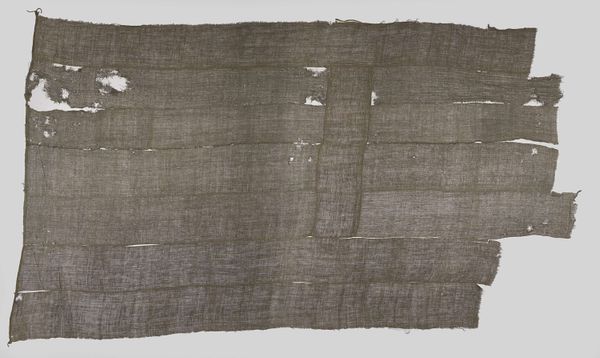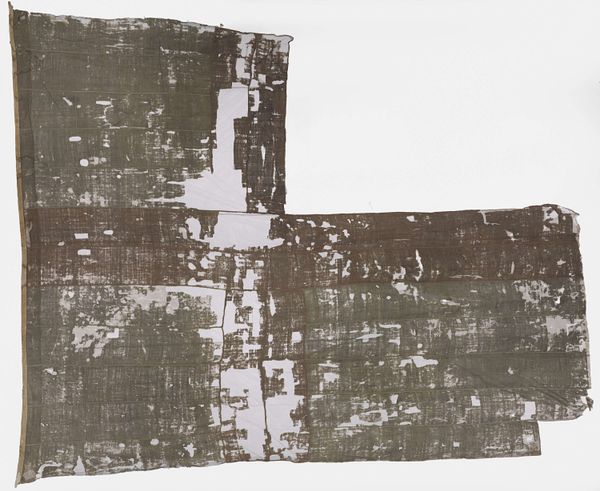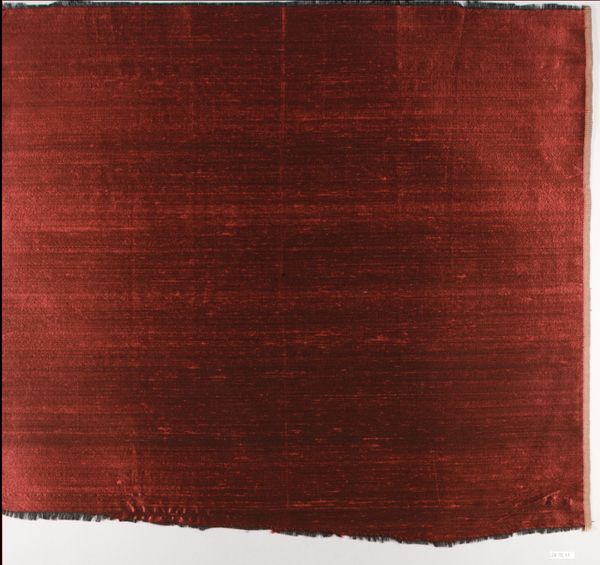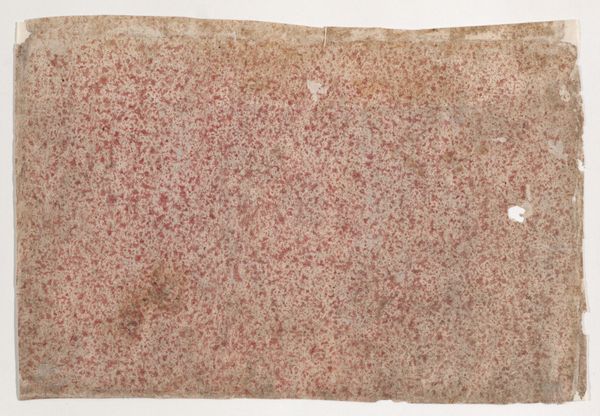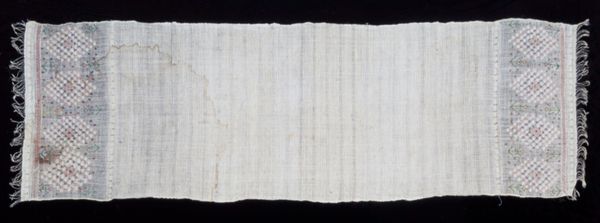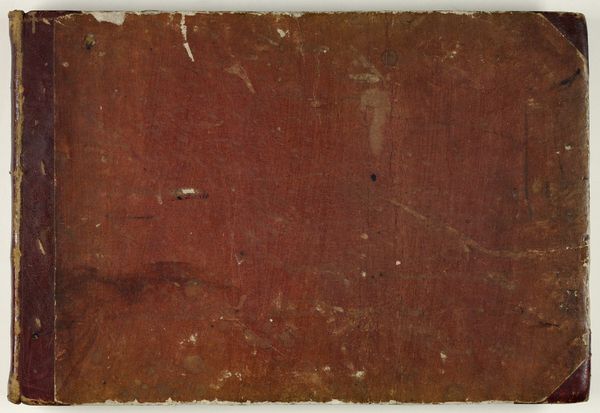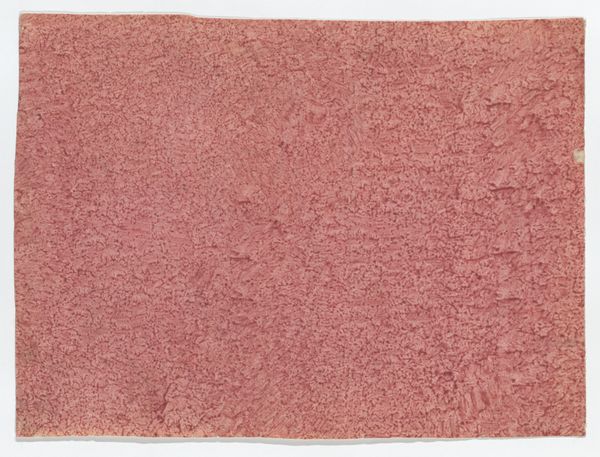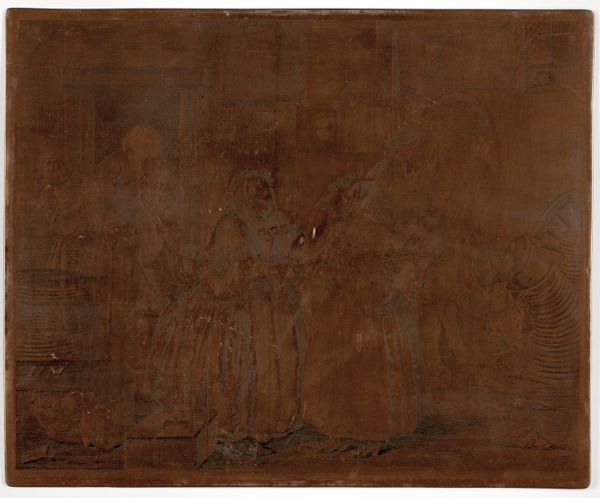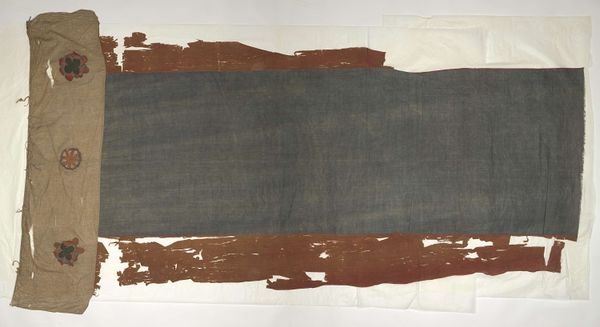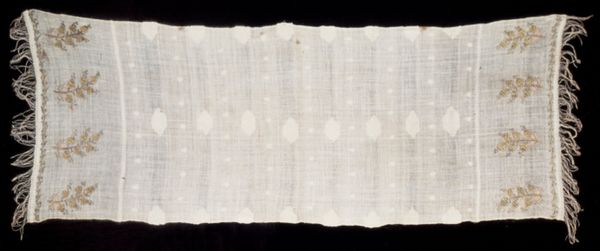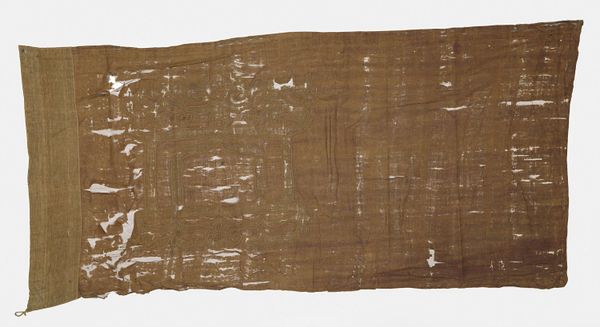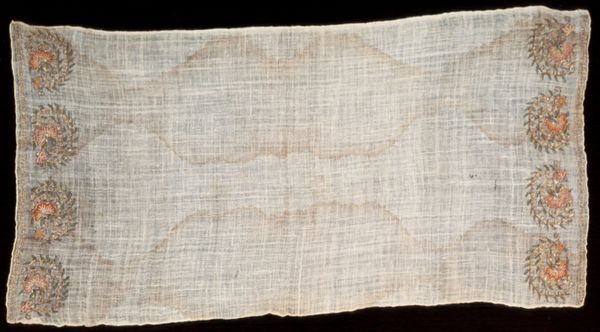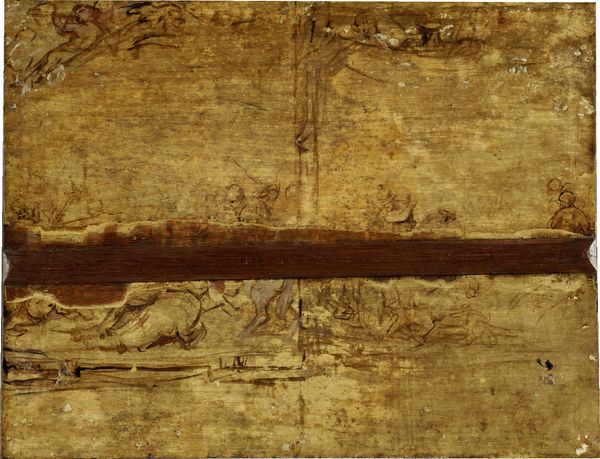
fibre-art, weaving, textile
#
african-art
#
fibre-art
#
weaving
#
textile
#
ancient-mediterranean
Copyright: Public Domain
This woven fragment was created by the Nazca people of ancient Peru. Though undated, textile production flourished in this area from around 200 BCE to 600 CE. The Nazca civilization thrived in a desert environment and their textiles display sophisticated weaving and dyeing techniques. Cotton was cultivated along river valleys, and dyes were derived from plants, minerals, and insects, resulting in a rich palette of colors. Textiles held significant cultural value, serving as garments, burial shrouds, and ritual objects. The arid climate helped preserve these fragile artifacts. Archaeological excavations of Nazca sites, in particular the cemeteries, have yielded a wealth of information about their society, economy, and belief systems. By studying these textiles, along with other artifacts and the remains of the social architecture, historians can gain insights into the complex world of the Nazca people. The fragment reminds us that every artifact has a context.
Comments
No comments
Be the first to comment and join the conversation on the ultimate creative platform.
